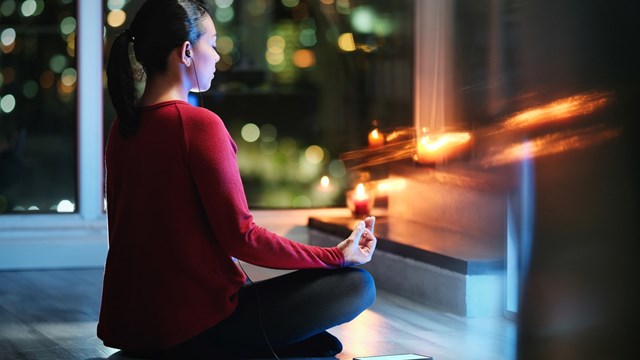
With the glut of new condo construction over the last few years, it can be hard for older buildings to keep up with the newer construction. This is especially true when a lot of these new buildings have amenities that the older buildings couldn’t even dream of having; day care centers, dog walkers, full-size fitness centers, car elevators, catering kitchens, lounges, curated libraries and even Olympic-size swimming pools. That’s just to name a few.
Keeping Up with the Jones
How’s an older building supposed to compete against things like that?
For many older buildings without these amenities, the answer is to find a way to carve out some space in their building and actually install some of these amenities. A popular option is to install a fitness center.
“I do a lot of these projects. I’ve been doing them for 24 years now, literally I’ve done thousands of them,” says Thomas Jackowski, a consultant with Gym Source in New York, a company that does work across the country.
When it comes to adding a fitness center, the first thing Jackowski recommends is talking to an architect.
“When a client calls me up the first thing I ask them is: do they have an architect? It’s one of the most important early on steps a client should take early on. The reason for that is the area of egress and ADA issues that are starting to emerge even in private fitness centers, air conditioning, a fresh air source, sprinklers; these are the things that are going to drive the direction and cost of the project. It’s just meeting all of the city, state, and federal regulations that are now required when you’re considering converting a pre-existing space into an amenity space that requires a certificate of occupancy,” says Jackowski.
A big part of the issue though is finding space and it’s not just any space if you can help it according to Salvatore Strazzeri, the owner and president of Gym Tech in New York, “A fitness center should be placed in a basement or on the first floor. The reason for that is the sound below the room will be annoying to any resident below it. There will be constant thumping from a person on a treadmill or someone using weights.”
Don't Space Out!
In terms of how much space is needed Jackowski says, “Space is driven by usage and that’s usually driven by the occupancy of the building, but in New York City that really is not the case in older buildings because the space is at a premium and that’s going to limit the scope of the project.”
“Minimum footprint a building should go for is 500 square feet,” Jackowski says. “Buildings that don’t have a preexisting fitness center will need to look around the building for space. Some buildings, often co-ops, will just buy an apartment or two to put in a fitness center. Other places will convert basements or unused rooms.”
But that’s not all to consider. The kind of flooring can be important according to Strazzeri, “Flooring should be rubberized made specifically for fitness centers. They come in recycled rubber that can be black or have colored specs in it. There is even rubberized floors that look exactly like a wood floor if that is what the customer is looking for.”
He adds that the room should be kept at a constant 68 degrees Fahrenheit.
Insure Yourself
There is also insurance to think about, “Usually general liability will cover it, but every building and insurance company is different. So I always say that early on in the project that the building should speak with their insurance agent or property management firm to determine what kind of insurance they need,” says Jackowski.
Even after you find the space and convert it for your usage you still need to look into getting the exercise equipment.
“The most important aspect of the residential building gym is the cardio equipment. It MUST be commercial grade and should consist of treadmills, ellipticals, upright, and recumbent bikes. Then comes the strength equipment. Most of the time we will put in a functional trainer, dumbbells, and a bench if it is a small fitness center. If there is enough room we put in a multi-gym with at least three weight stacks so more than one person can use it at a time. There should also be room left for stretching and abdominal work,” says Strazzeri.
He notes that you’ll also need a power source for the equipment, “Electric will be needed for every treadmill and they should have 20-amp dedicated lines from the electrical box. All of the other cardio is self-powered with a generator and a battery that is charged by the user during the workout.”
Strazzeri also says if you choose to get TV’s for the gym that they should just be wall mounted models and not built into the machine, as that will cut down on power costs, but that “If TV’s are on the equipment, every TV will need to be powered by an electrical socket.”
After everything is installed and the fitness center is up and running, there’s still the idea of maintenance to think about.
“Maintenance is a critical component of owner and operating a fitness center. At a minimum we recommend quarterly maintenance,” says Jackowski.
Strazzeri adds, “After the fitness center is completed a quarterly maintenance service should be set up to keep the fitness center running properly and to ensure all of the equipment is safe to use. A maintenance program in place will lower your liability and may even save you on insurance.”
John Zurz is a staff writer for The Cooperator.






Leave a Comment